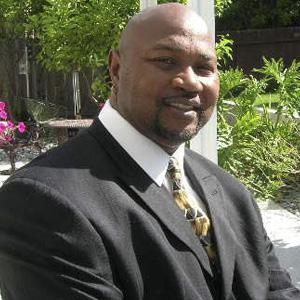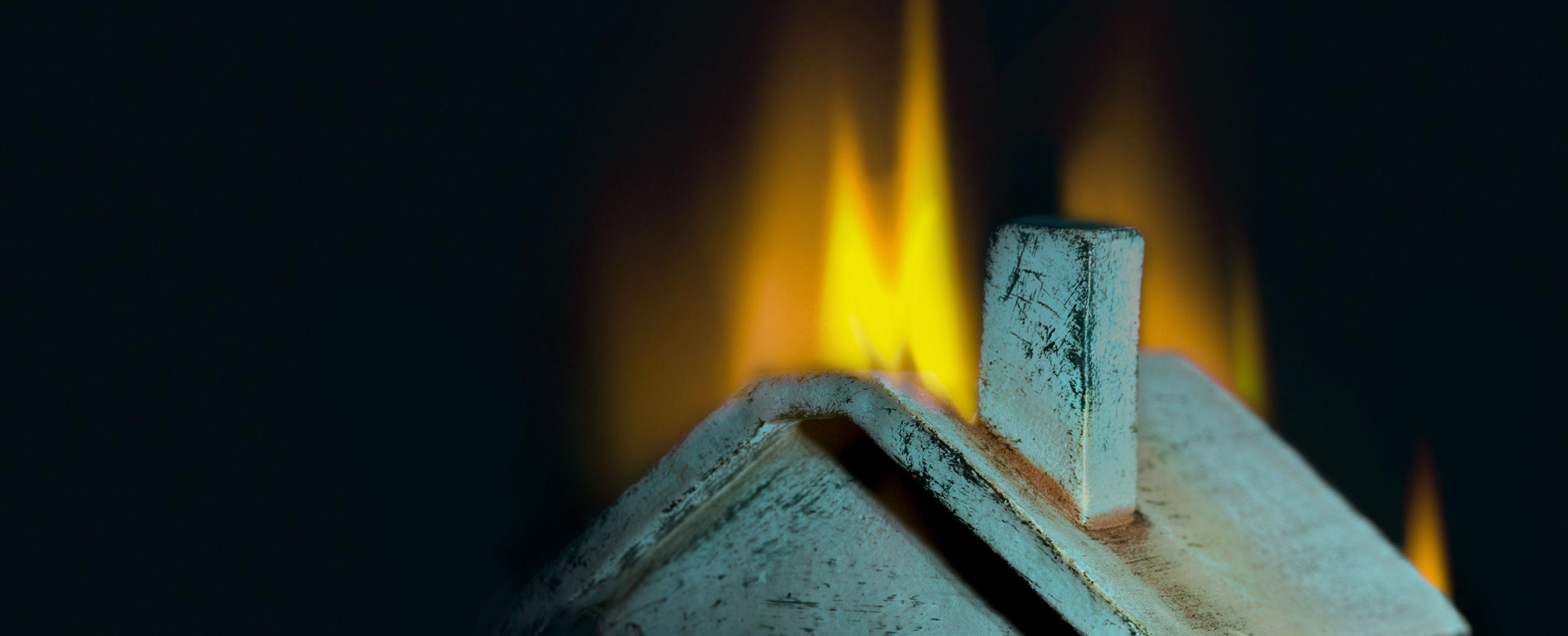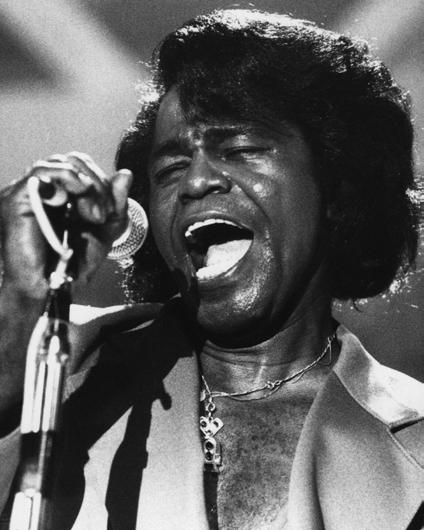
4 minute read
Secured and unsecure loans
Charles Reynolds

What’s the difference?
When looking to borrow money from a bank or even an individual, you are taking a loan. The lender may allow you to take out that loan with the promise that you will pay it back, in other circumstances, the lender may ask you to put or attach an asset as the security of the loan. This simple distinction is the main difference between secured and unsecured loans.
WHAT ARE SECURED LOANS
Secured loans or debts are the debts that the borrower has to put up some asset as collateral for the loan. A secured debt instrument simply means that in the event of default, the lender will use the asset to repay the funds it has advanced to you (borrower).
Some of the most common types of secured loans include but not limited to; mortgage and auto loans, where the items being financed become the collateral for the financing. In the case of a car, if the borrower is unable to pay the loan on time, the lender will eventually repossess the car. If a person takes out a mortgage, the property in question is used to back the repayment terms.
In most cases, the lenders will maintain the equity in the property in question until the mortgage is paid in full. Where the borrower is unable to pay for the loan, the lender seizes the property and sells it to recoup the funds owed.
COUNTERPARTY RISK
Counterparty risk is a term that you will find mostly used in association with the secured loans. It basically refers to the risk of default on secured debt to the lender. In a secured loan set up, the counterparty risk tends to be relatively lower as the borrower stands to lose more in the event that he neglects his financial obligations.
The secured loans channel is relatively easy to obtain compared to other types of loans. Since the secured loans carry less risk to the lender, the interest rates are usually lower than those of the unsecured debts.
Even though the lender might end up taking possession of the property for the defaulted secured loans, it is still possible to end up owing money on the loan if you default. When a lender repossesses the property, they will sell it and use the proceeds of the loan to pay off the balance. If the property doesn’t cover the loan, you will be responsible for paying the difference.
WHAT ARE UNSECURED LOANS
An unsecured loan is not tied to any of your assets. This means that lenders cannot automatically seize your property in case of default as payment for the loan. Personal loans and student loans are some of the common examples of the unsecured loans as they are not tied to any asset that the lender can take if the borrower defaults on a loan payment.
For you to get an unsecured loan, you need to have good credit history and a stable income for you to be approved for an unsecured loan. The loan amounts may be smaller since the lender doesn’t have any collateral that they can use to repay the loan amount.
HOW ARE THESE LOANS REPORTED?
You should understand that the lenders do report the payment history of both the secured and unsecured loans to the credit bureaus. Therefore, you should be very careful as late payments and defaults with both the types of loans can be listed on your credit report. With the secured loans, the lenders may use foreclosure to take hold of the asset tied to your loan. This will result in a negative entry being added to your credit report.
SECURED LOANS VS. UNSECURED LOANS
Several factors will determine the type of decision you will make regarding whether to take out a secured loan or unsecured loan. What you will find out is that secured loans are easily accessed as they carry less risk to the lender. If you have a poor credit history, or if you are rebuilding your credit, lenders will more likely advise you to go for a secured loan as opposed to an unsecured loan.
SECURED LOANS WILL TEND TO HAVE A LOWER
interest rate. This means that secured loans are generally smarter money management vs. unsecured loans. Lastly, secured loans will tend to offer the borrower with higher borrowing limits, which enables the borrower to gain access to more money.
By now, I know you have grasped the meaning of secured and unsecured loans. If you would like help securing any of these loans, get in touch with Charles Reynolds. Charles is an expert in all things real estate. If you are looking to buy or sell, Charles is your guy. He knows first-hand the overwhelming and stress of selling and buying a home. For the past 19 years, he has help clients understand the process of buying and selling a home, also has help clients understand the process of obtaining a mortgage for purchase or refinancing in the areas of Northern California, Solano County, Vacaville, Fairfield, and Vallejo. To learn more about Charles, click here.
Charles is also part of the VIP Agents program. This is a program powered and run by the Power Is Now Media. To learn more about the program, click here.
Charles Reynolds Realtor Century 21 M&M
Sources;
https://www.consumercredit.com/secured-loanvs-unsecured-loan https://www.investopedia.com/ask/ answers/110614/what-difference-betweensecured-and-unsecured-debts.asp https://www.thebalance.com/how-securedloans-are-different-from-unsecuredloans-960032











